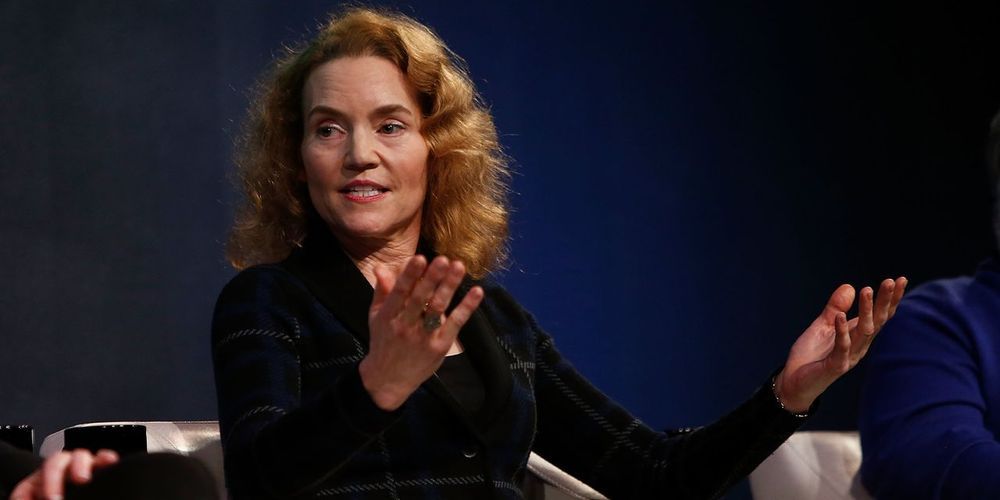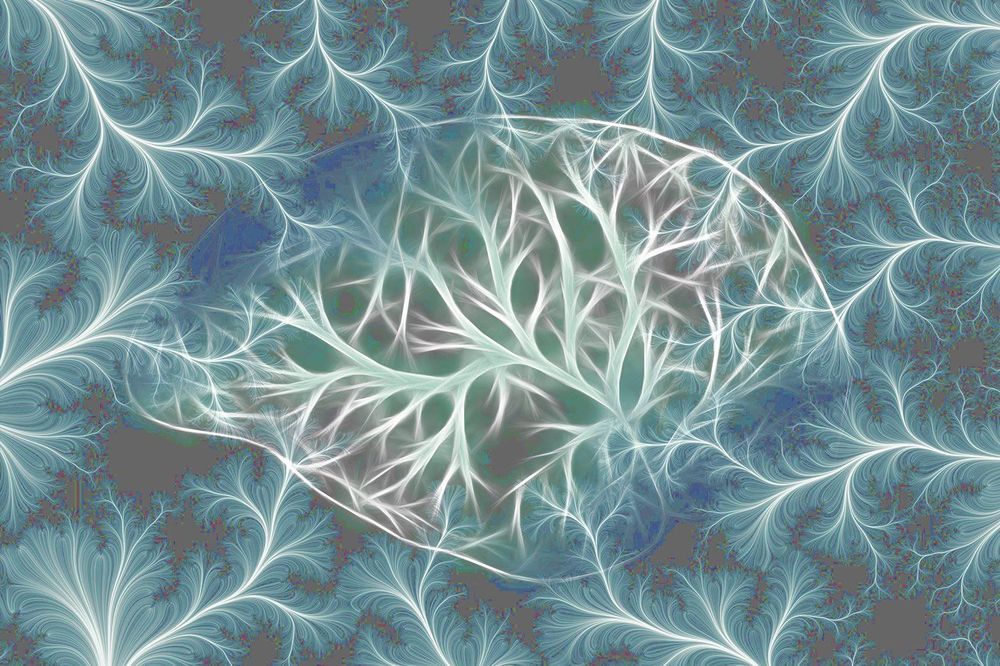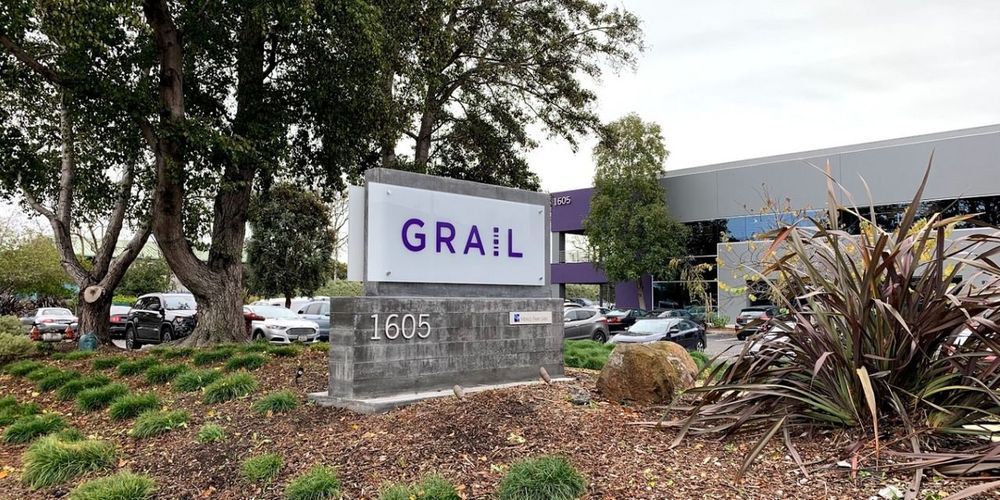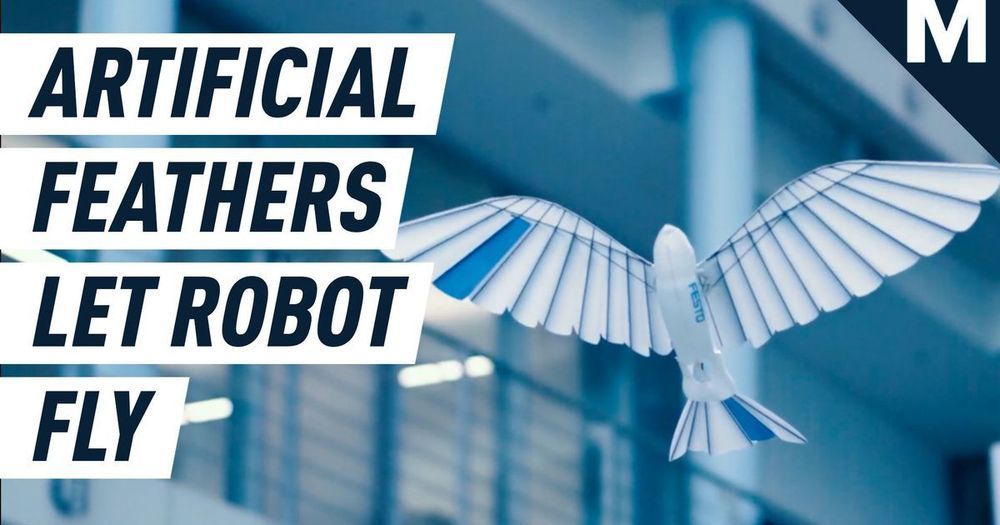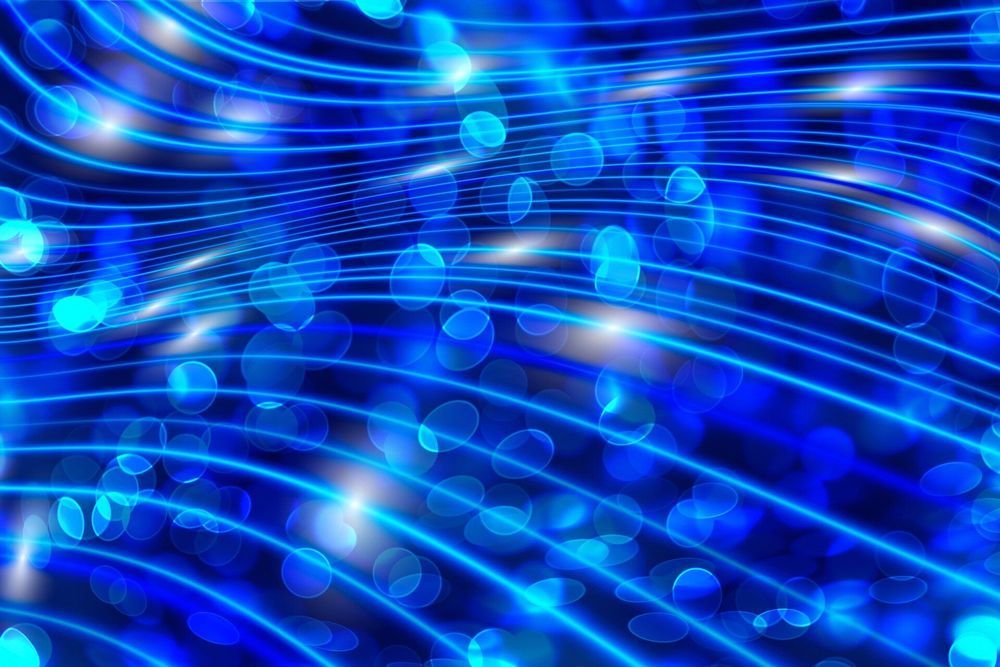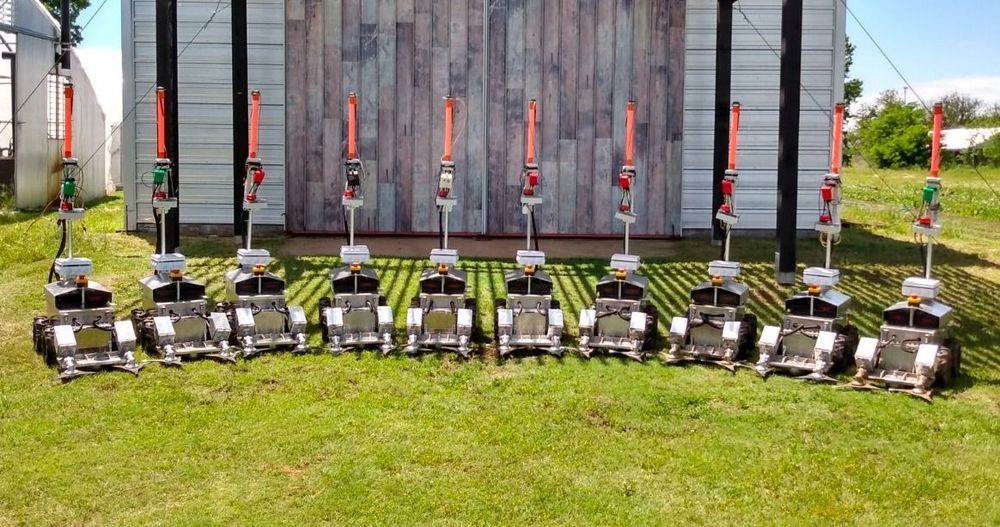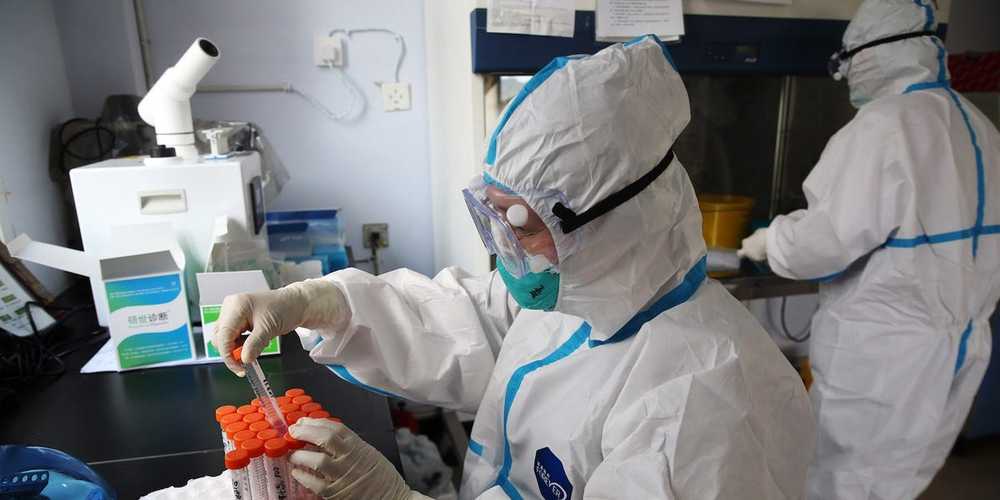The decision to invest in a company can rely on a lot of guesswork, but Kim Polese, co-founder and chairman of CrowdSmart, is using artificial intelligence to turn qualitative information into quantitative data—and reduce bias along the way.
“When we’re talking about using collective intelligence, augmented collective intelligence, what we’re really talking about is using a combination of human and machine intelligence to improve the way that diligence is done,” Polese said this past Wednesday at a Barron’sInvesting in Tech panel. The founder of an artificial-intelligence platform designed to predict a company’s potential for success, Polese detailed how the CrowdSmart platform works, and how it could help remove bias from the diligence process.
The system draws on the insights of a group of 25 or more people, selected for their different levels of expertise, to evaluate prospective investments, explained Polese, who said her career in Silicon Valley began 30 years ago at the first artificial-intelligence company to go public.
